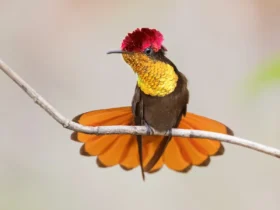In the dense and enchanting forests of Asia, a bird of exquisite beauty and regal presence roams—the Copper Pheasant (Syrmaticus soemmerringii). With its rich and captivating plumage, distinctive calls, and symbolic significance, this pheasant species captures the imagination of bird enthusiasts and nature lovers alike. In this article, we embark on a journey into the world of the Copper Pheasant, exploring its appearance, behaviors, habitat, and the cultural and ecological roles it plays in its native range.
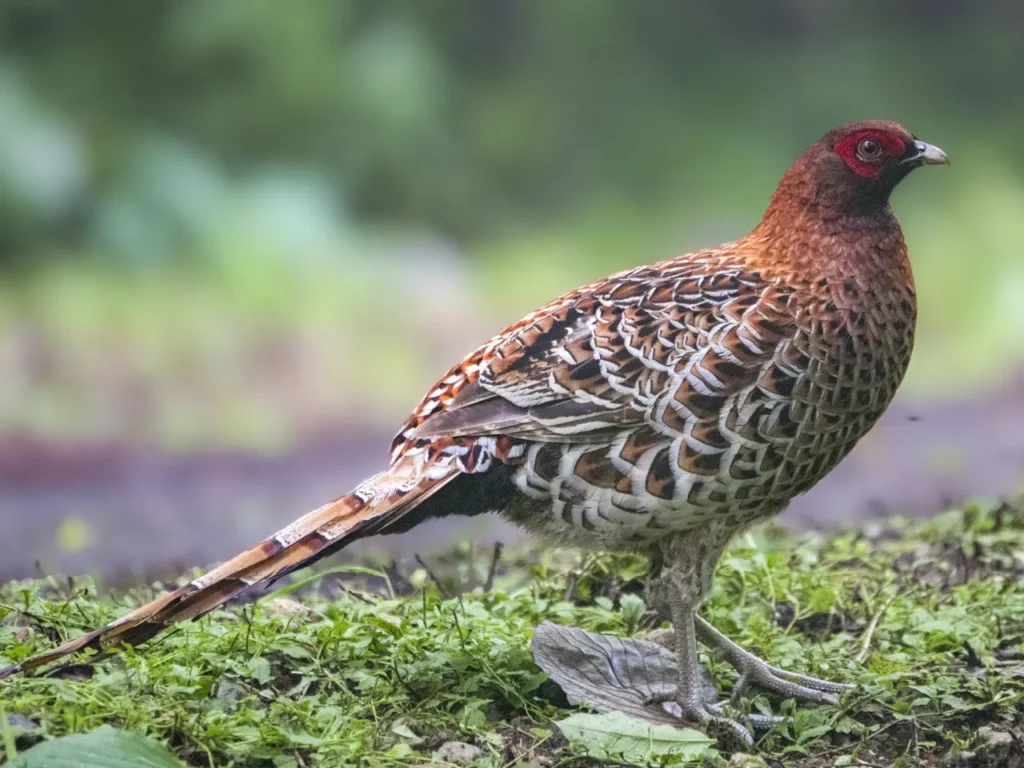
Appearance and Characteristics
The Copper Pheasant is a true masterpiece of nature, known for its resplendent combination of colors and intricate patterns. The male Copper Pheasant displays an iridescent coppery-orange plumage on its body, while its tail feathers are adorned with striking black and white bands. The female, on the other hand, showcases more subdued colors with mottled brown and black tones, allowing her to blend seamlessly into the forest undergrowth.
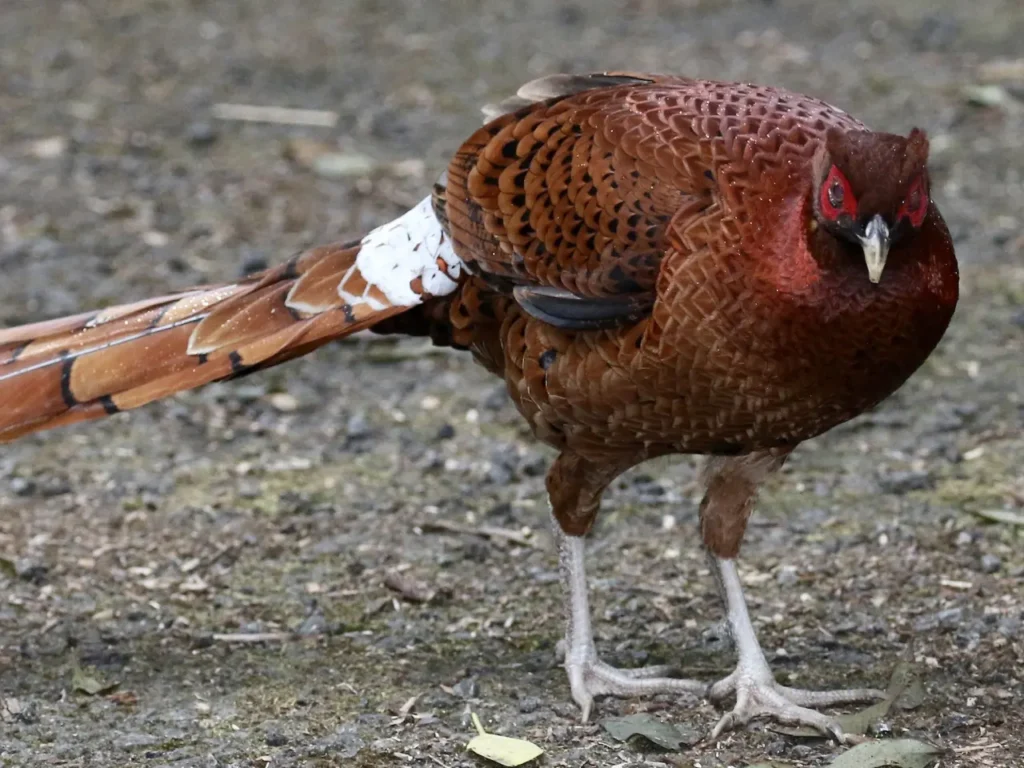
Behavior and Habits
Copper Pheasants are primarily ground-dwelling birds, spending much of their time foraging and moving through the forest understory. They are known for their secretive and cautious nature, often relying on their exceptional camouflage to remain hidden from predators. When startled or threatened, these pheasants may burst into flight with a sudden whirring sound of their wings.
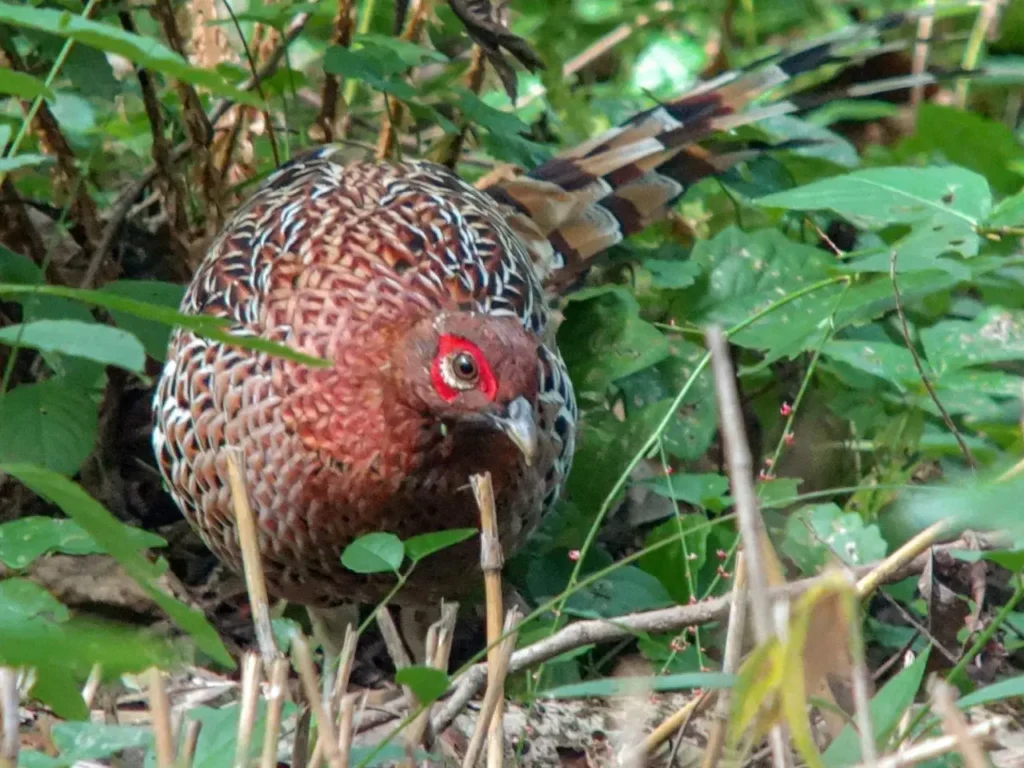
Vocalizations and Calls
The Copper Pheasant is recognized by its distinctive and haunting calls. The male’s song consists of a series of deep and resonant hoots, creating an eerie yet captivating melody that echoes through the forest. These vocalizations are often used for communication during the breeding season and to establish territories.
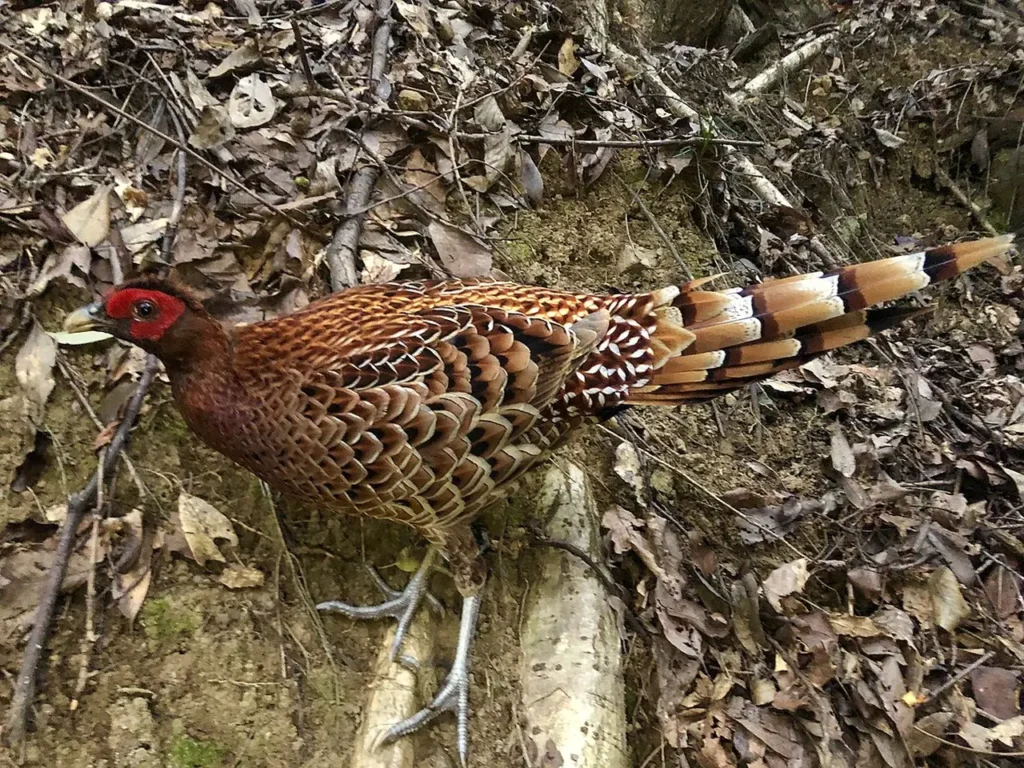
Habitat and Range
The Copper Pheasant is native to the lush and diverse forests of eastern and southeastern Asia. Its range spans countries such as China, Japan, Taiwan, and the Korean Peninsula. These forested habitats provide the perfect environment for the pheasant’s secretive behavior and are rich in the diverse food sources it requires for survival.
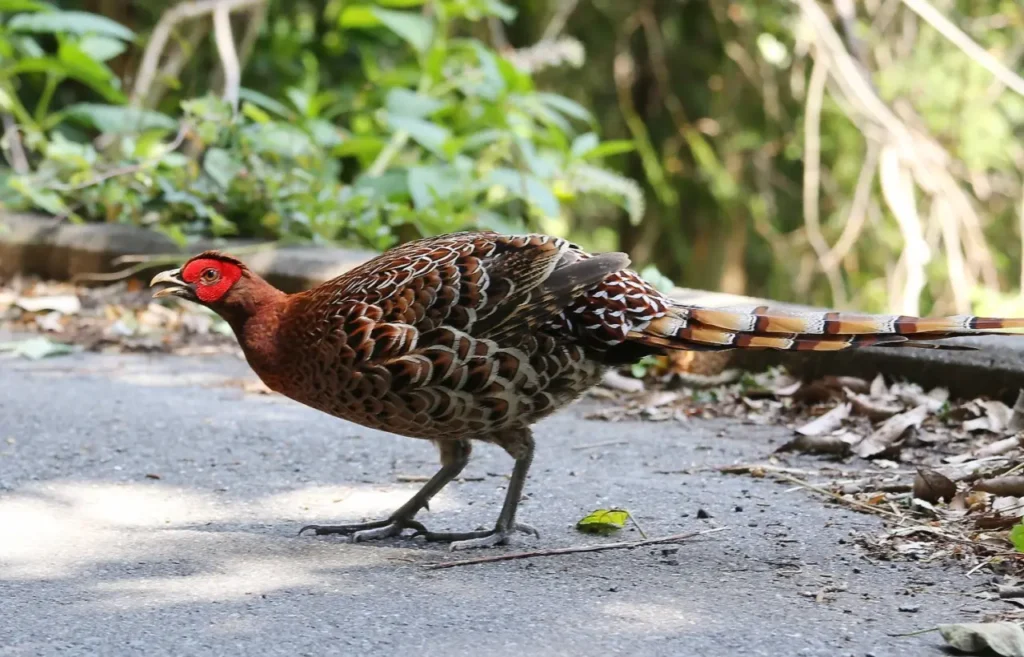
Cultural and Symbolic Significance
The Copper Pheasant holds cultural significance in many Asian societies. It is often associated with beauty, grace, and nobility. In some cultures, the bird’s image is used in art, literature, and traditional ceremonies. Its splendid appearance and mysterious behavior have inspired stories and legends across generations.
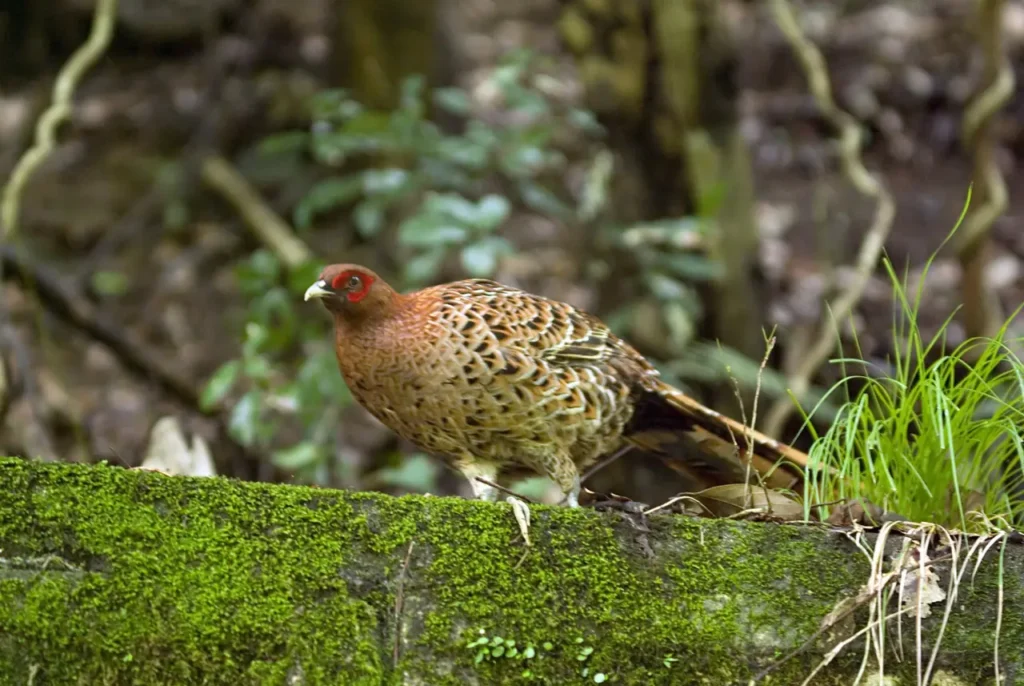
Conservation and Challenges
As with many bird species, the Copper Pheasant faces threats from habitat loss, deforestation, and hunting. Logging and human activities have led to the degradation of its forest habitats, putting pressure on its populations. Conservation efforts that focus on protecting these habitats and raising awareness about the importance of preserving this species are essential for its survival.
Ecological Role
The Copper Pheasant plays a role in controlling insect populations, as well as aiding in seed dispersal through its consumption of fruits. Its presence contributes to the balance of the forest ecosystem.
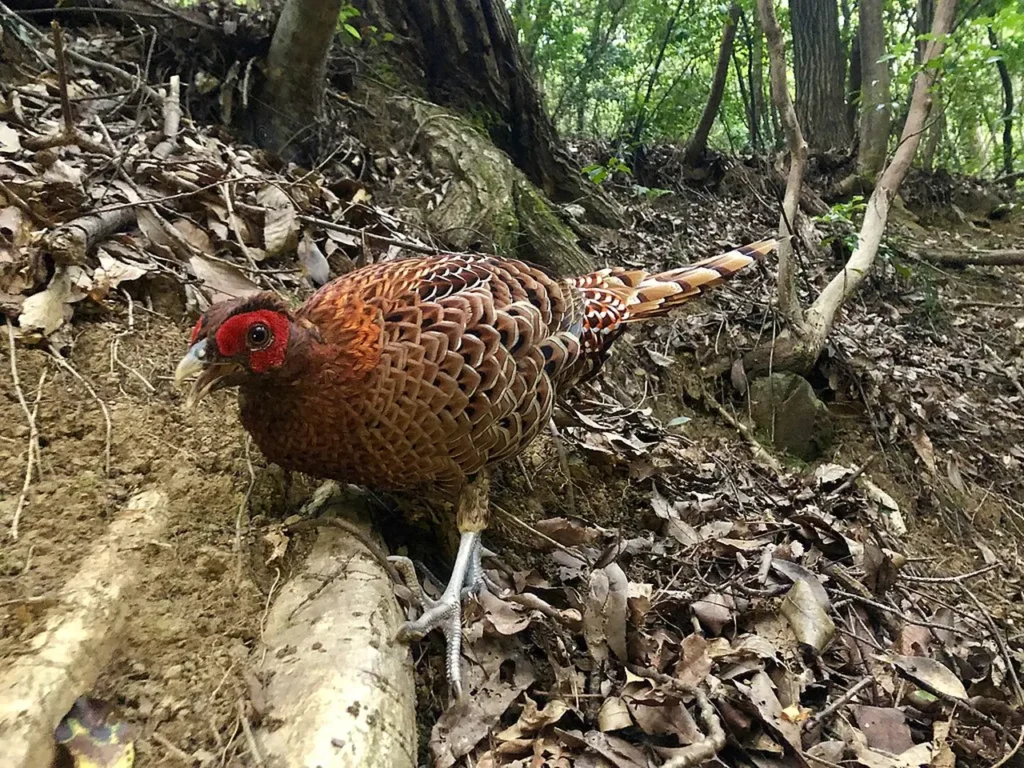
The Copper Pheasant, with its captivating plumage, evocative calls, and cultural significance, stands as a symbol of the intricate beauty and diversity of Asian forests. Its presence within these habitats is a testament to the delicate balance of life and the interconnected relationships that define nature. By valuing and protecting the forests that provide a home for the Copper Pheasant, we honor the rich biodiversity and contribute to the preservation of these majestic creatures for generations to come.
